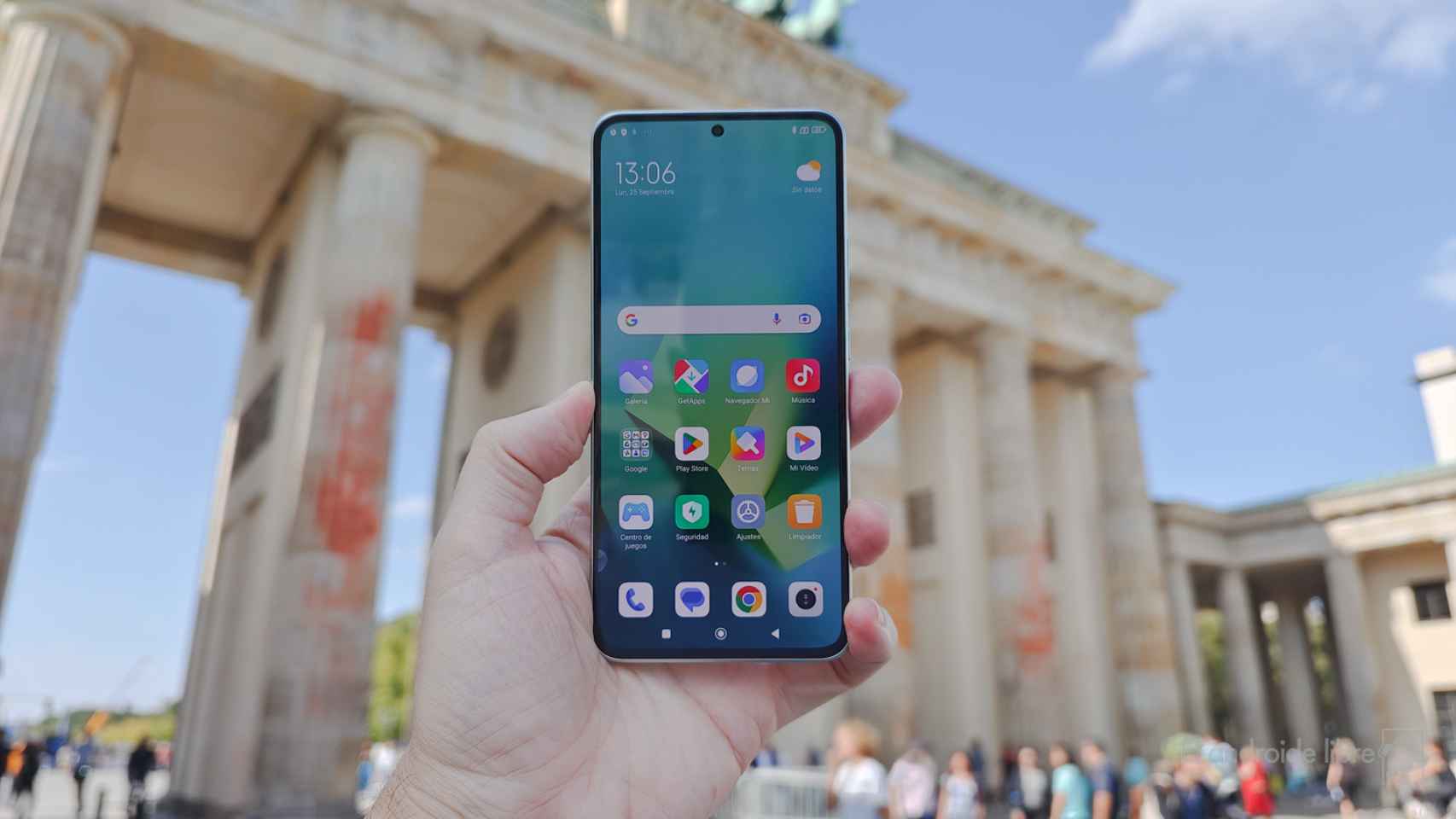2024 will be a historic year for Xiaomi; For the first time since it made Android phones, it will launch new devices that they will not use their MIUI customization layer. The reason is obvious: the global launch of HyperOS will take place soon, its new system that will arrive in Europe with the Xiaomi 14 and as an update to modern devices like the Xiaomi 13. Although the list of mobile phones that will be updated day towards HyperOS in Europe is a bit short at the moment, no one doubts that this is one of the most ambitious steps in the history of Xiaomi. The simplest thing would have been to continue with MIUI as before, but that would not have been ideal for the company’s ambitions beyond mobile phones.
HyperOS will be a system designed for all types of devices, from smartphones and smartwatches to TVs and tablets. This will also be the system used in Xiaomi’s first car, which can go even further in the integration between car and smartphone. A simple customization layer like MIUI was not capable of achieving something similar and so Xiaomi did not continue its development.
However, this does not mean that MIUI can be abandoned like that, as important as it has been in making Xiaomi the best-selling brand in Europe. The latest video posted by the official Xiaomi account is a good way to say goodbye to MIUI
The video shows the home screens of different versions of MIUI, starting with version 1.0 in 2010; Powered Android users will surely feel lots of nostalgia for clock icons and widget. Video is also a good way to learn about different trends, such as icon design (flat, large, rectangular, round) and animations.
The global launch of MIUI 6 was the moment of truth for Xiaomi, and one that introduced many applications and aspects that we associate with the layer today; but that was just the beginning, and since then Xiaomi has focused on offering Features that were not available in the “stock” version of Android
It is true that MIUI has not been appreciated by everyone, precisely because it has gone its own way compared to Google’s Android version, but His influence in the sector is undeniable. Now HyperOS takes over, and it is no coincidence that the first thing seen from the new system is very familiar and continues with a home screen very similar to that of MIUI, since most of the changes will be internal, with a reduction in system size and resources used.
This may interest you
Follow topics that interest you









